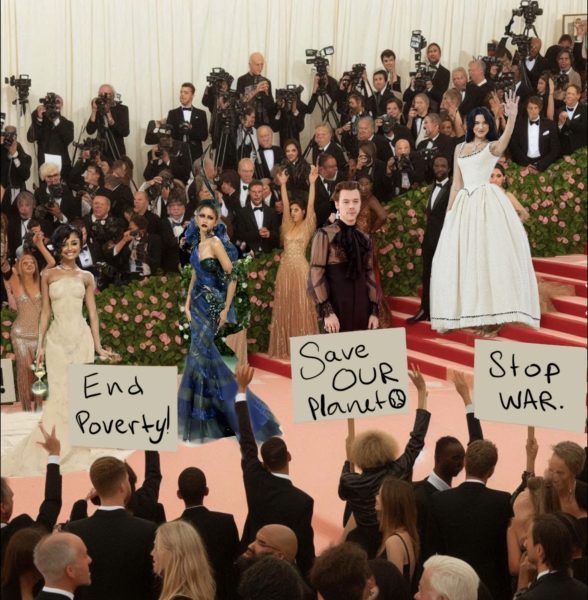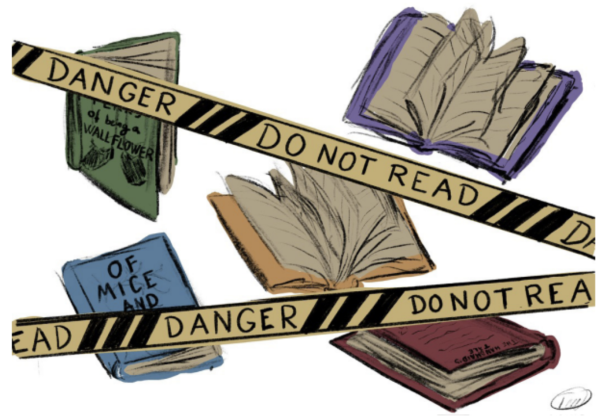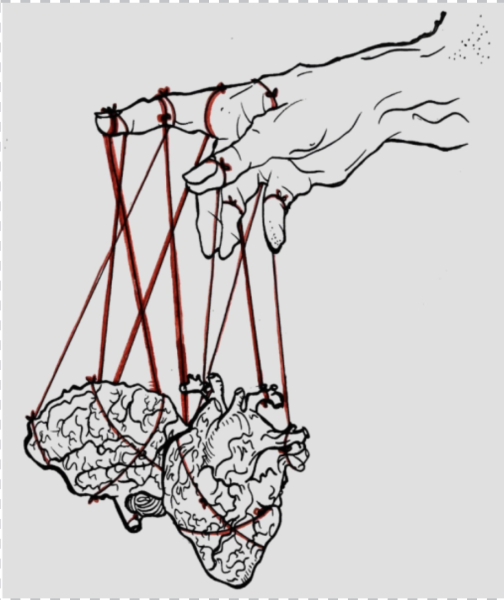Film Fails Females
We’ve all seen those kinds of movies with the teenage girls who go shopping at the mall and have sleepovers where they do each other’s hair, or paint each others’ nails while giggling and talking about boys the whole time. Realistic? Not really. Of course, things like that do happen in real life, but it is a very tiny, stereotypical part of what being a girl is. In film, women are often not represented realistically and have been given this set of standards of what they should act like. Due to this, the Bechdel Test was created– it is essentially a set of criteria used to evaluate a work of fiction on the basis of its inclusion and representation of female characters.
The Bechdel Test consists of three basic rules: the first is that at least two women are featured, the second that these women talk to each other, and the third that they discuss something other than a man at least once. Seems simple, doesn’t it? The idea of the Bechdel Test originated from writer and cartoonist Alison Bechdel who mentioned the test in a 1985 strip of her comic Dykes To Watch Out For (Caplan, 2021). Nowadays, it has become something commonly used to evaluate film. However, the sad reality is that even now, there are still many movies that fail to pass the test. In fact, 40 percent of movies still fail the test, and among those, 10 percent fail to satisfy even one of the three conditions (Viswanathan, 2021).
Some examples of movies that do not pass the Bechdel Test include:
The whole Lord of the Ring trilogy since there are only three female leading characters who don’t share any scenes, therefore failing the second and third criteria (Cellania, 2022). You may be surprised, but even with the powerful female leads, The Avengers doesn’t pass the Bechdel Test. As there are three main female roles, the movie passes the first criteria, however, at no point in the movie do any of the female characters talk to each other (Trefulka, 2022). A Star is Born also fails the criteria – at one point in the movie, Ally and a stage manager Gail do have a conversation with each other but they end up talking about a man, therefore failing the test (Reinhardt, 2018).
As I’ve mentioned before, these types of movies often include harmful gender stereotypes especially about women. The main problem with this is that it undermines girls and all the wonderful things they are capable of. Only those things that are considered “feminine” and are appropriate for feminine behaviour are represented, when actually, there’s so much more to it. We, as humans, are all different and unique in our own ways: there is no one specific way a group of people should act. Seeing these stereotypes in movies can influence women, especially younger girls, and lead them to believe that this is what they should be like.
However it is not just stereotypes that are often present in movies. There can also be sexualisation and objectification of women and girls on screen. Women and girls are four times more likely than male characters to be shown wearing revealing clothing. Also, 15% of female leader characters saw the camera focused on their body parts in slow motion (Mitchell, 2019). This also demonstrates a wrong ideal about women’s roles in society in the sense that they are not valued based on hard work. Additionally, seeing this can set the wrong standard as to what women should look like for the female audience and can add to this ‘ideal’ unrealistic body image that we often see on social media.
The gender of directors and actors is something that greatly influences how women are represented in movies. In terms of actors, there are twice as many men as women in films – 64% compared to 36% – and they speak twice as much – 67% compared to 33%. Moreover, men in leadership positions are also much more visible and may have greater roles: 42% of men compared to 27% women are shown on screen as leaders (Mitchell, 2019). This obviously explains why there are many movies that fail the Bechdel Test. If there are not many female roles in a movie (especially if these roles are less significant) it really decreases the chance of two female characters having a conversation with each other– something which two of the criteria rely on.
Similarly, having female directors and writers can help female representation as they may have a better perspective on how women should be represented without these stereotypes that can often come from the male gaze. These women as writers and directors can create female characters who are three dimensional and believable.
To more elevate the role of women, it is crucial to have good female representation in film, free of stereotypes, since what is shown in movies can become the standards and role models for audiences. The Bechdel Test is not perfect, and perhaps other things should also be taken into account when evaluating female representation in films. However, it can be a useful tool, and it is still surprising to see that there are so many movies that don’t pass this basic criteria. Similar to other aspects in our world, the film industry should work towards diversity and inclusion to create authentic and real characters who we can look up to.
Hey, I’m Petra, a Year 12 student. I enjoy writing articles for the High about any topics that interest me. I really love reading fantasy books, or just...




